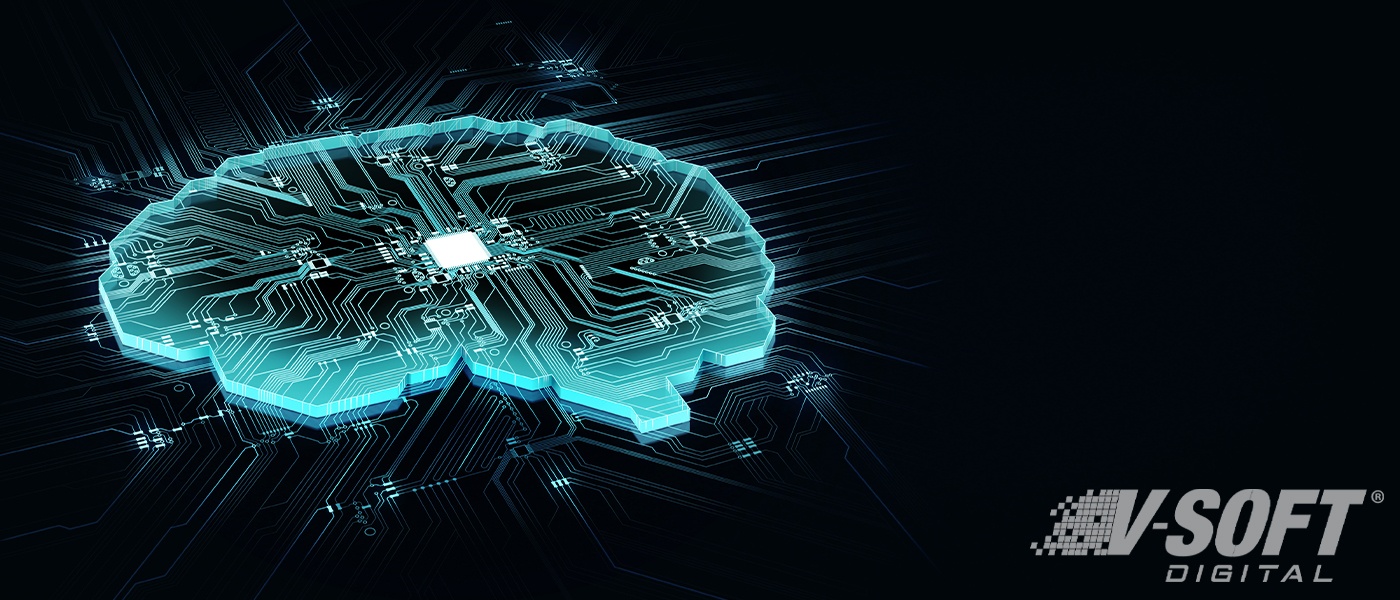What is Semantic Intelligence and Semantic Automation?
Robotic Process Automation (RPA) used with artificial intelligence capabilities (known as intelligent automation), has been successfully adopted by businesses across sectors. The delegation of many labor-intensive, rules-based tasks to software bots has allowed businesses to stay competitive and efficient and increase revenue. While intelligent automation is a step above traditional automation, semantic automation capabilities take automation to the next level.
Intelligent automation relies heavily on machine learning (ML) algorithms to train RPA bots to perform simple and repetitive tasks that would otherwise require human labor but doesn’t necessarily involve human understanding. For RPA bots to truly understand the world they work in, would require a huge amount of data and continuous maintenance which may not be feasible in most scenarios. Moreover, the fact that data bias has been found many ML models raises concern when applying them to tasks such as processing claims and legal documents. Companies are now looking at adding cognitive abilities to AI by emulating human logic instead of relying on just large data sets.
What is Semantic Artificial Intelligence?
The study of using semantics to augment cognitive capabilities of computer programs has been around for decades but its potential has been realized only very recently. The concept refers to the analysis of the meanings of words and the logical relationships between them. With semantic artificial intelligence, algorithms can be trained to mimic human logic for deriving meaning from data. Unlike traditional artificial intelligence, semantic AI relies heavily on other components such as knowledge graphs and natural language processing (NLP).
Knowledge Graphs – Knowledge Graphs are collections of interlinked descriptions of concepts, entities, relationships, and events. Using semantic metadata and linking, Knowledge Graphs add context to data making them “understandable” to computer programs.
Natural Language Processing – NLP is the branch of computer science or AI to be more specific, that enables computers to read, analyze, and derive meaning from human language. Software programs leverage NLP to understand and manipulate text and speech in natural language.
What is Semantic Automation?
Semantic automation aims to integrate semantic understanding across automation platforms enabling bots to work with documents and interfaces like humans do, with a greater degree of understanding. With semantic capabilities, bots can understand the overall business context rather than seeing just the layout and construct of the documents or application screens. For instance, instead of just extracting data from specific fields, bots can understand the distinctions between unstructured documents. Furthermore, bots can work with different applications without requiring them to have a consistent user interface. As businesses adopt hyperautomation, semantic automation provides a more comprehensive understanding of documents, processes, and interfaces enabling the automation of many processes.
Benefits of Semantic Automation
Increased Speed
It can take a long time to manually create connections between documents, data, apps, and processes. Semantic automation can minimize the number of steps in a workflow that requires coding.
Adaptability
Semantic automation can endure application changes, even those that would typically cause an automation to fail. Bots can continue to function and adapt to the changed condition of the app, manually establishing connections between processes, documents, and data.
Ease of Use
With semantic automation, business users with little knowledge of automation technology can leverage it to build automation and perform tasks faster.











